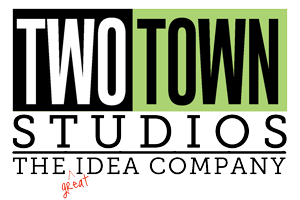I’ve Been Meaning to Tell You…
In a recent USA Magazine interview, when actor Peter Gallagher was asked what advice he gave his children about the entertainment business, he said he told them “The days of being an actor for hire are over. If you want to survive you have to create content, otherwise you won’t make it.” I was a little surprised by that statement; while I talk a lot about the digital revolution affecting art licensing I hadn’t really thought about a pre-digital vs. post digital impact on actors. It really shows how truly pervasive these changes are. (Interesting to note that accusing a company or person of being “pre-digital” is now a slam…)
“Technology is just the delivery boy, content is still king.”
Those of you familiar with the basics of web design know the Content Is King philosophy – basically that without sizable, recognizable content it really doesn’t matter how technically advanced your offering is, you will be invisible on the web. However, while it is still a basic tenet of site building, it has now been updated to GOOD Content is King. Relevant, targeted and frequent updates that connect with your visitors are necessary to cut through the fog of multi-media pollution out there, be it for your blog, website or… your art licensing career.
Yup, art licensing. We have been talking to our artists about upping the content/connection piece of their work for quite some time. For some it’s effortless, for others it’s a real challenge. We have even been told “That’s just not me, it’s not what I do”. And that’s OK, we get it – but it IS what the market expects of you now. It’s not about your skill, although skill is necessary. It’s not about your marketing expertise, although marketing is necessary. It’s not about who you know, although it certainly helps to know the right people. In some ways it’s not even about your art – but more about how your art connects with that customer. There are thousands of incredible fine artists and amazing graphic designers whose finely-honed skills would blow the socks off most everyone in this business, but they will never have a licensing career without the ability to make a connection that runs deeper than the application of paint or ink to paper. As an agent recently commented “The story trumps the art”.
What’s your story, where’s your message, what do you have to say? It’s in you somewhere, and you may be surprised how many people really do want to hear it.
